Cocos island is home to huge schools of hammerhead sharks and plenty of other pelagic fish life.
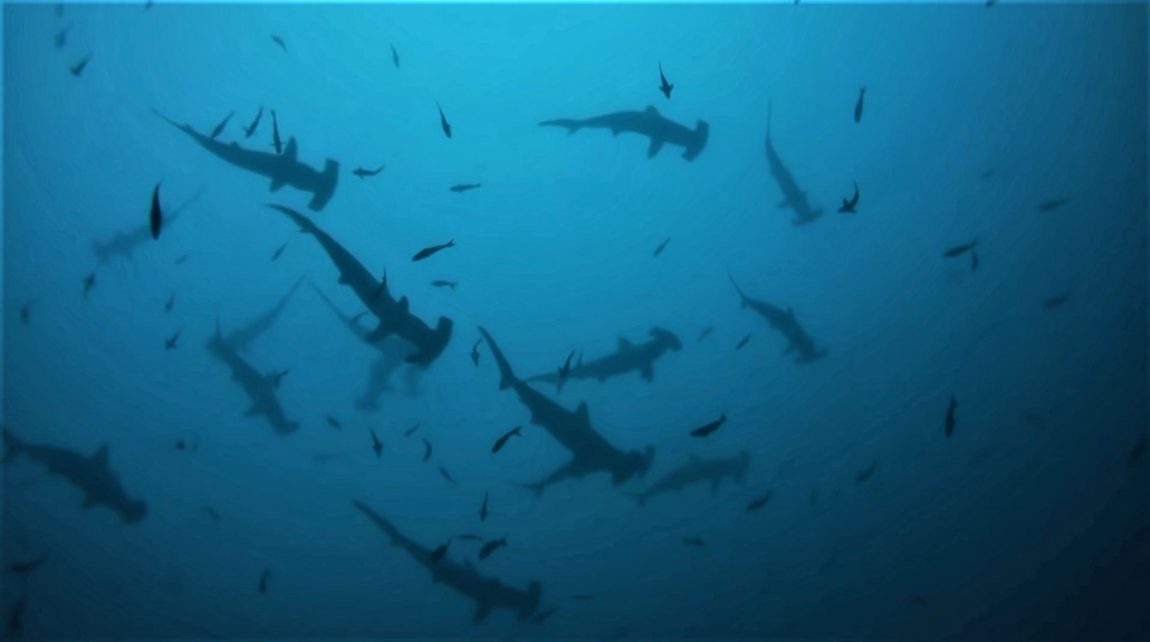
Remote cocos island is one of the most breathtaking places to dive in the world. But as we all know, never hold your breath during a dive, so please be prepared.
What to expect at Cocos island:
Schooling hammerhead sharks
Among the parade of pelagic species seen at Socorro Island are schools of hammerhead sharks. They are most often spotted at the dive site Roca O’Neal.
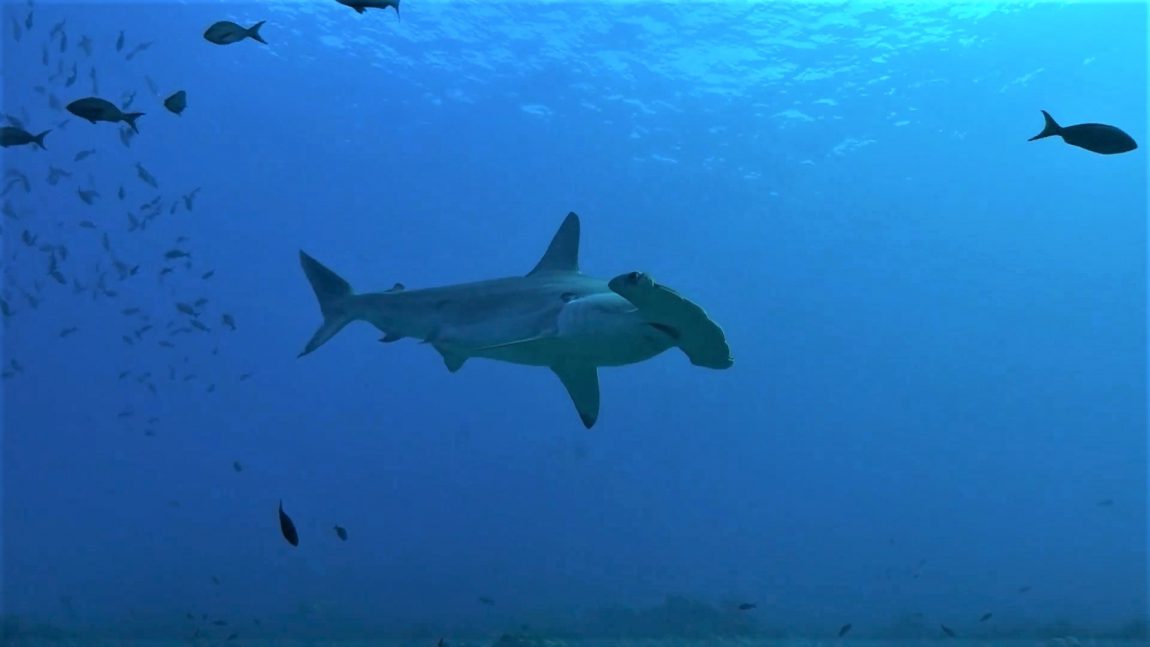
Diving Cocos island
The only way to see Cocos Island is on a diving liveaboard vessel which you can board from the port city of Puntarenas in Costa Rica. Liveaboard trips usually last for at least 8 to 10 days and it takes up to 36 hours to reach Cocos Island from Puntarenas.
Because of the heavy currents and surges around Cocos island, it’s recommended for advanced divers only. The dive sites consist of boulders, pinnacles and seamounts which rise up from the deep.
There is also an opportunity at Cocos Island to go beyond recreational diver limits to become an aquanaut. If available, you can get on the Deep See Submersible which can take you down to as deep as 305 meters (1,000 feet), often to explore a mammoth seamount called Everest. Absolutely a once in a lifetime experience.
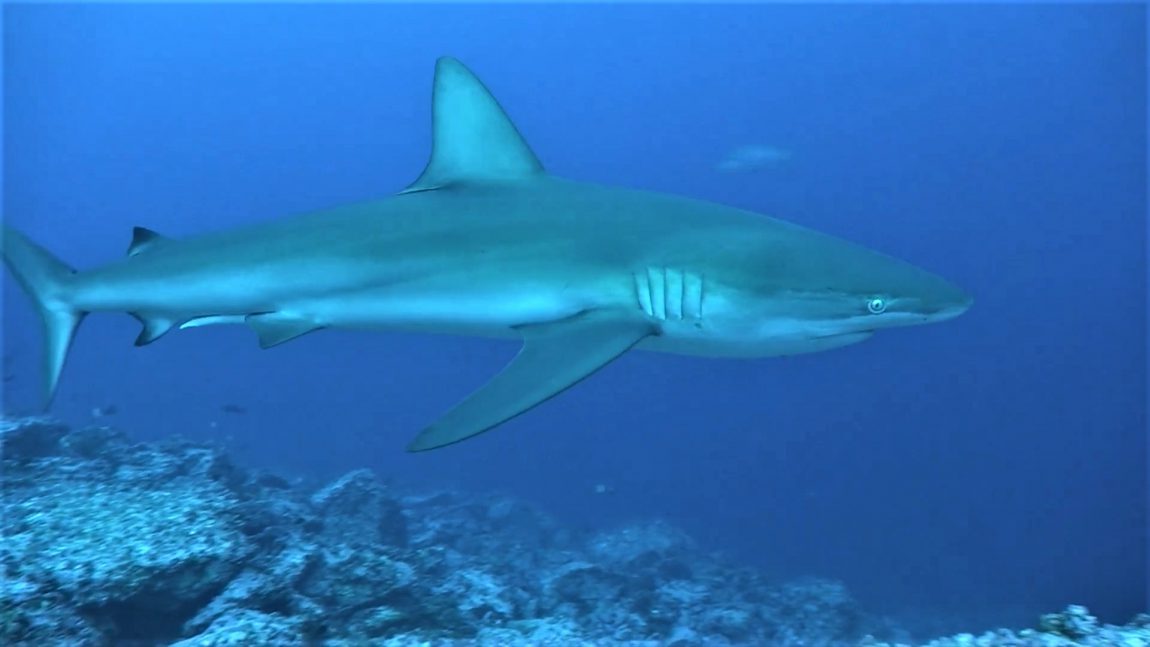
When packing for your Cocos Island liveaboard, be sure to bring along a 3 to 5mm wetsuit, a hood and boots. You may also want to pack a reef hook. And, you will want to take out divers’ insurance for your trip. The nearest decompression chamber is back in San Jose, a 36-hour boat ride from Cocos Island.
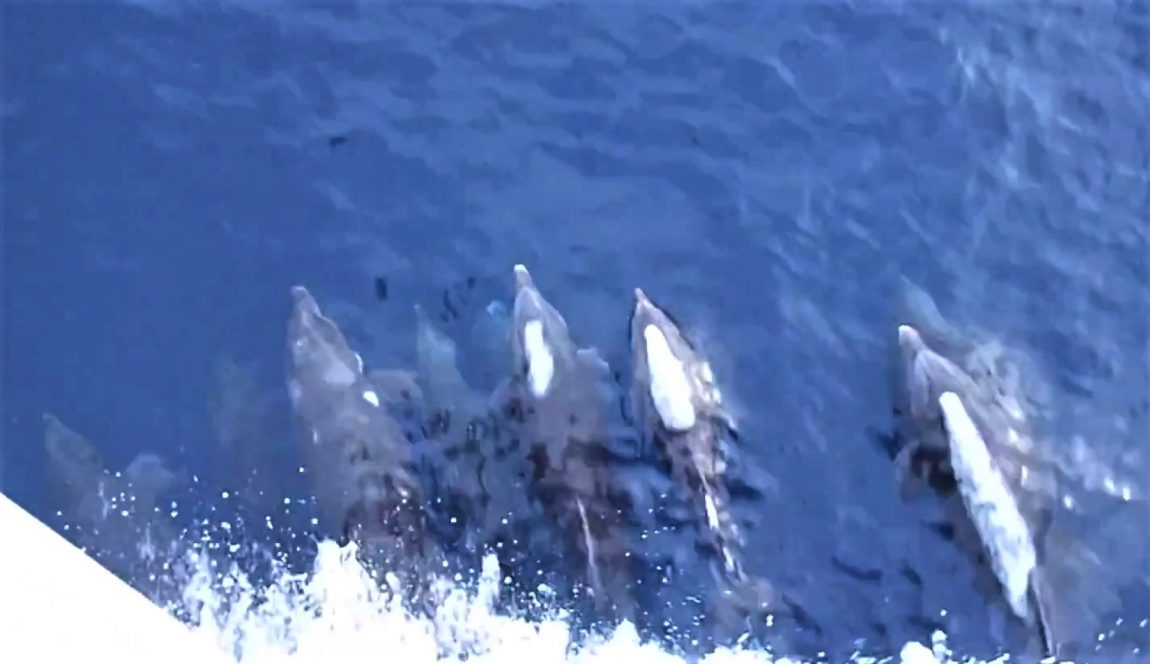
WHEN TO GO
Cocos Island has highly changeable weather patterns. Although rainy, June to December is the best time to dive if you like to see lots of pelagic species.

DECEMBER TO MAY
Constantly cloudy and rainy, Cocos Island is always humid with an average temperature of 27°C (80°F) and an average annual rainfall of more than 7 meters per year. Water temperature ranges from 24-29°C (75-84°F) year-round. It’s important to note that thermoclines create up to a 6°C drop in temperatures during any season, so be prepared with the correct gear.
‘Dry’ months are between December and May although it still rains during this time. For divers who suffer from seasickness, this is the best time to dive in Cocos Island. The surface is calmest, making the long trip to this remote sea mountain a lot smoother than during the summer months. Visibility is also at its best during the winter months.
However, because the number of pelagic species decreases during the winter and spring months, many liveaboards stop traveling to Cocos or split their time between Cocos and other Costa Rican islands.
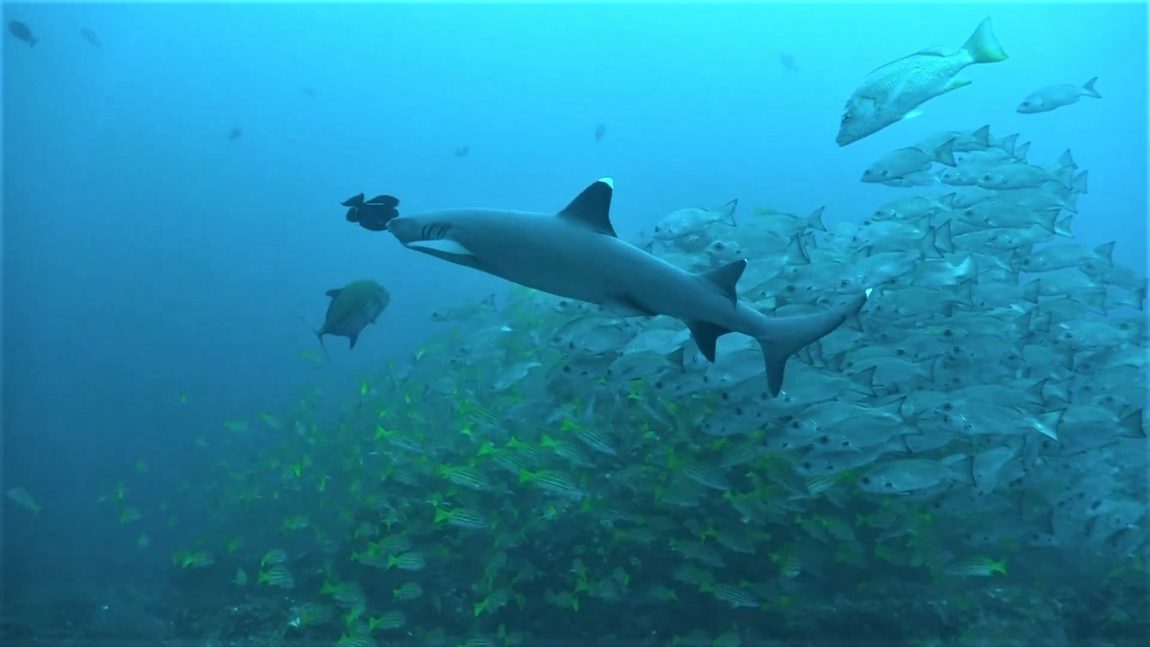
JUNE TO NOVEMBER
June to November is the rainy season and in many diver’s opinions the best season for diving in Cocos Island. At this time, nutrient impulses attract the large number of hammerhead sharks Cocos Island is famous for. Manta rays and whale sharks are also more frequently seen from June to November.
Because of the large amount of plankton in the water, visibility during this season drops to about 15 meters (45 ft) and topside conditions recede. The trip to the island is much rougher during the summer.
This is also high season for diving trips to Cocos Island, so make sure to book as far in advance as possible.
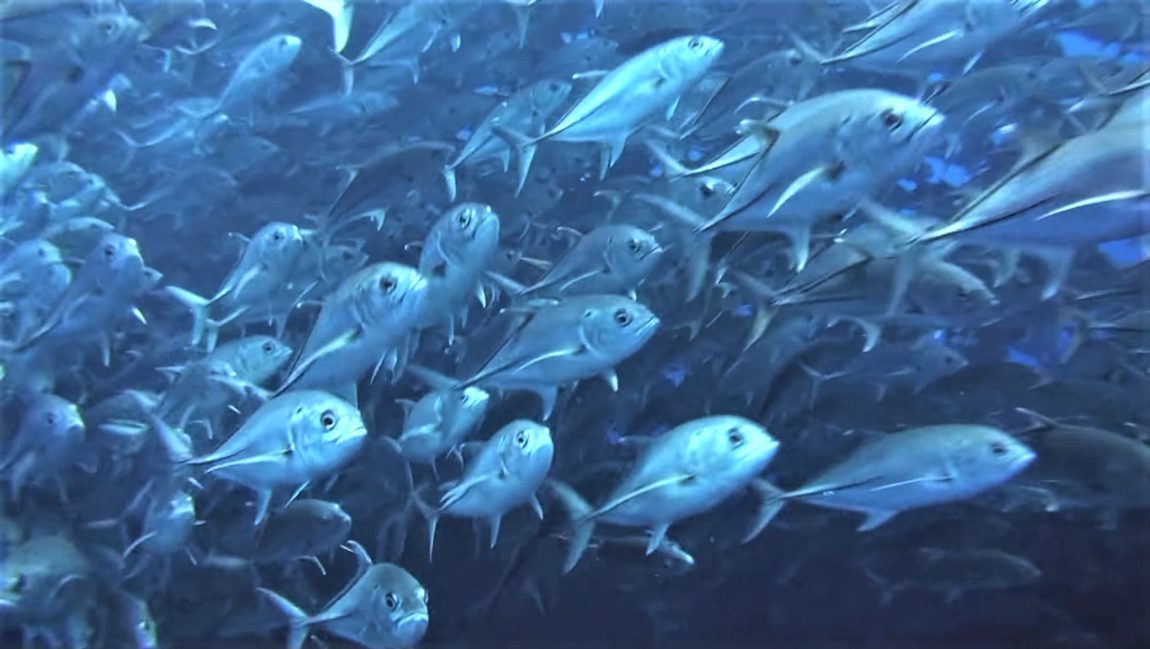
.
MicDiver©